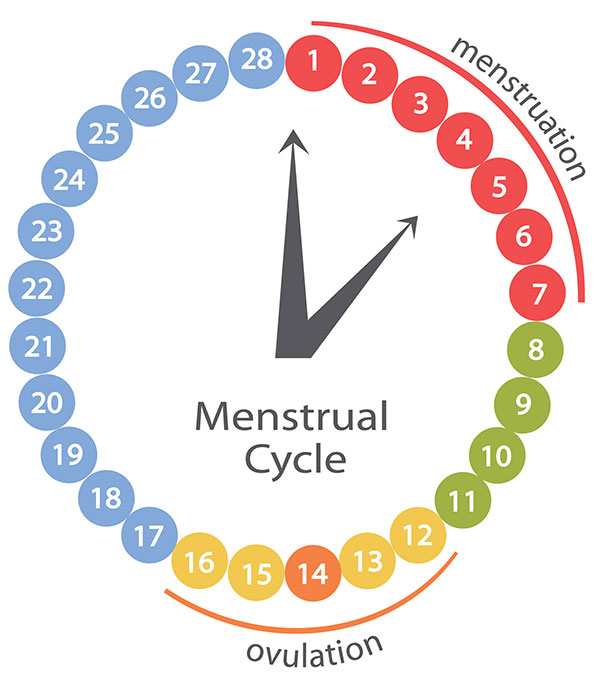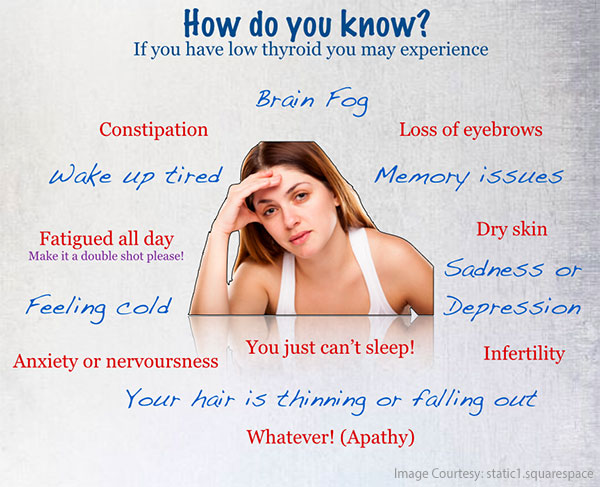Worried about why you keep getting brown discharge before period? This is called spotting. It is quite common, however, with one in ten women experience such event. The rapid decrease of the hormone can cause the appearance of brown spot, which in reality, is just old blood.
Most women do not understand the reasons behind experiencing brown spotting before period. It can be downright frustrating, especially after getting all panicky seeing it on your underwear and forming worst-case scenarios on your head.
A. Understanding the Menstrual Cycle

A regular menstrual cycle is typically every 28 days to 25 days followed by a bleeding period ranging from three to seven days. Teenage girls may have longer gaps between periods, but for women over 40s, irregular periods are more expected. There are many instances when women experience having brown spots on the course of their period. Most experience the brownish discharge before and after the expected period. For some, it is not only brown colored but rather more pinkish in nature. For others, it may resemble an actual menstrual period. Pinpointing the reason can also be tricky. Spotting should come from the vaginal area alone, not from anywhere else. To check if it is coming from vagina, uterus, or cervix, try inserting a tampon to find out. If you are not convinced, seek a medical personnel’s help.
B. What Does It Mean When You have Brown Discharge Before Your Period? Here Are 7 Probable Reasons?
What does a brown discharge mean? Honestly, it may mean a lot of things so now, let us delve into the reasons why most women experience brown discharge before period, here are 7 of them:
1. Contraceptives

More precisely, spotting may occur if you have experimented with contraceptives or have tried an all-new routine. You probably already know a lot of women on the pill. Spotting is quite a common side effect and is never a cause of worry for these women. It is quite a given to those who are starting, stopping, or switching up their medications. Why?Because of the way contraceptives work. Messing up your estrogen levels can cause spotting because this hormone is responsible for keeping the lining of the uterus to remain in place. Normally, the period of spotting can last up to three months, but understandably, your body needs time to adapt to the changing levels of your estrogen.
spotting while on the pill may be due to a combination of the oral contraceptive pill, injections of progesterone, intrauterine devices, and other means. However, it is worth noting that a treatment of progesterone alone will result in a spotting. Once you start taking hormonal contraceptives, it is quite normal to get spotting 2 weeks before period. After six months, your period will be back to its regular programming.The spotting, meanwhile, will stop after just a month or two. But, do not be alarmed if this occurs once again, once you have stopped your medications.
With intrauterine devices or the device inserted into the uterus to avoid pregnancy. The hormones in the device are slowly released, and this controls the menstrual cycle and one’s ability to reproduce. Since the device is an absolute foreign matter to the body, side effect of spotting is also possible.
2. Implantation spotting
Many women may ask—can brown discharge be a sign of pregnancy? Yes, it can be. In fact, spotting is a common sign of early pregnancy.
If you are trying to get pregnant and you know that your period is not due for weeks, now is the time to get a pregnancy test kit. Spotting due to implantation occurs when the egg is fertilized and later attaches itself to the uterine walls. Once the embryo is in the uterus lining, some small blood vessels may erupt causing a small amount of bleeding and the dreaded spotting. The brown discharge 2 days before period may be five to ten days around conception. There are claims that this differs from menstrual spotting, citing color, texture, and cramps associated with the bleeding as tell-tale signs of implantation bleeding.
3. Thyroid issues

Any hormonal imbalance, be it increase or decrease, can cause mayhem on your system and may lead to brown discharge before period. Too much estrogen can be due to problems on your thyroid. Hypothyroidism does not only affect your metabolism and body temperature but also your menstrual cycle. Thankfully, there are many available treatments. All you need to do is to get yourself checked.
Related:What Does Your Menstrual Blood Really Mean
4. Stress
The number one cause of so many diseases can also cause brown discharge before period. As we all know, stress can strike an imbalance to your body, and the resulting events are never pretty. Both emotional and physical stress can affect your cycle. Cortisol is a hormone which is a by-product of stress. Cortisol inhibits the release of progesterone an estrogen indirectly. With these changes on your hormonal system, it can ruin your menstrual cycle. You may experience brown discharge two days before your period at least and heavy bleeding during period. Exercising in period may help, but avoid overdoing it. It can lead to amenorrhea or absence of period.
5. Ovulation spotting

A regular reason why most women experience spotting. There is absolutely nothing to worry about. The color usually is pale pink, but as it dries, women mistook it as a brown discharge before period. There may be mild abdominal pain that goes with it, as well. Surfacing of ovarian follicles is a primary reason. This occurs when you are at your most fertile state. Do not mistake it to be the cause of spotting day before period, since it occurs a day or two prior to ovulation.
6. Sexually Transmitted Disease
Cervicitis can cause spotting, but what causes cervicitis? Well, most sexually transmitted diseases. The most common ones are gonorrhea and chlamydia. Chlamydia needs to be attended as soon as possible since it can lead to pelvic inflammatory disease or PID and worse, infertility. The bad news is that symptoms of chlamydia usually go unnoticed. Getting tested should be second nature to those who are sexually active. Gonorrhea, on the other hand, can lead to HIV then AIDS, and infertility, as well. Other causes of cervicitis include genital herpes and trichomoniasis.
7. Cancer

The worst possible reason, spotting can be due to cancer on your female organs like the endometrium, ovary, or cervix. Endometrial cancer is the most common of the three, but is the most manageable and treatable. Sadly, cancer on these areas are usually only discovered they have spread out. Routine checkup such as pap smears screening for cervical cancer should be done without question.
In conclusion, the occurrence of brown discharge before period can be caused by numerous factors ranging from minimal to high risk. If you are experiencing other symptoms such as pelvic pain, it is best to consult a physician right away.
“Hope you find the post helpful and we are excited to hear what you think of it!”






